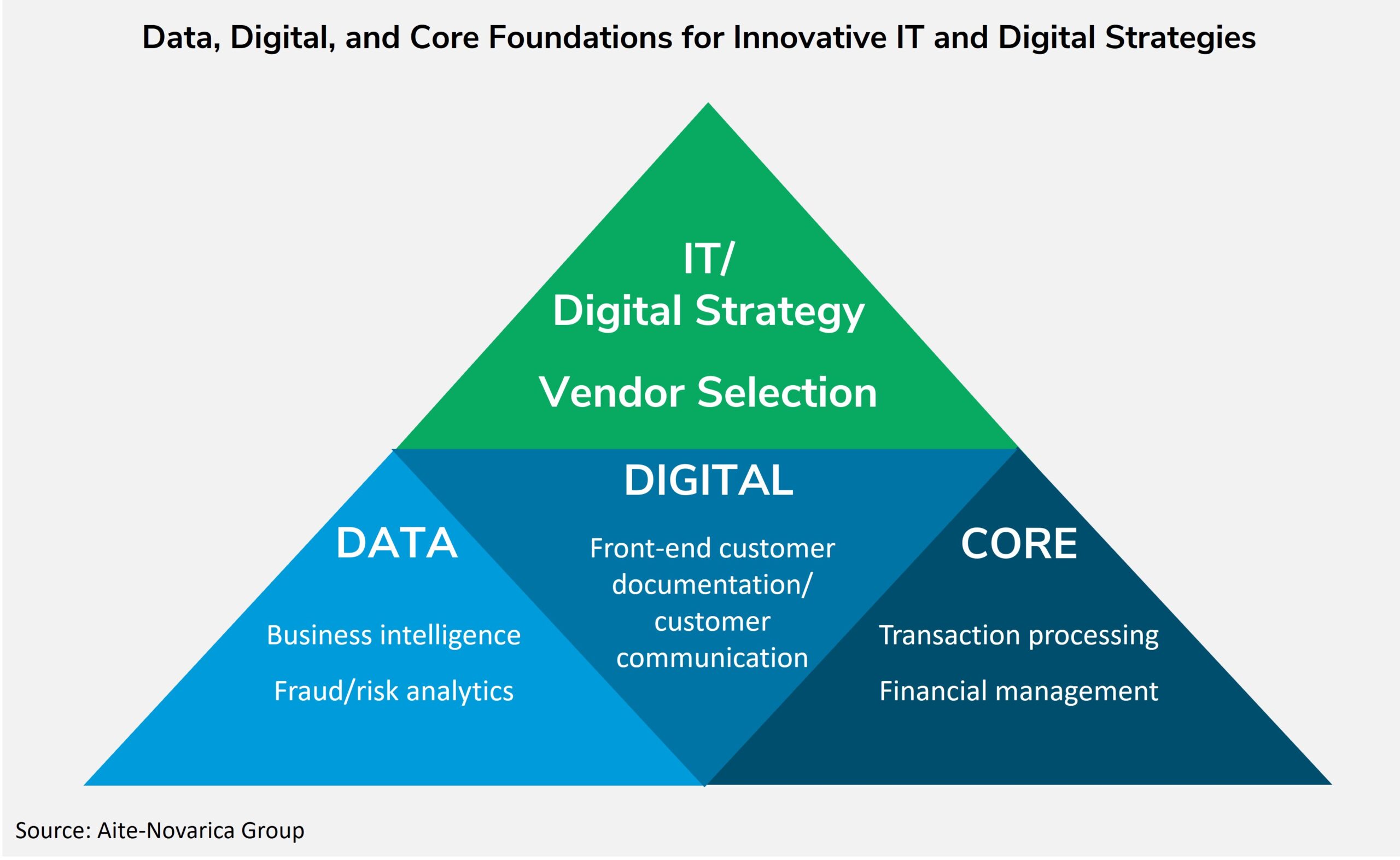November 22, 2022 – In financial services, AI usage has taken off as compute and data storage resources have gotten cheaper over time. For FIs using AI, basic principles must be adhered to in the solution architecture to ensure nondiscriminatory and fair outcomes. Moreover, FIs must be able to demonstrate the fairness and transparency of their AI processes to various regulators—a challenge given that many algorithms are designed to be somewhat opaque.

This report discusses how CIOs and CTOs can ensure that the AI programs they use are explainable and transparent, keeping them in line with regulatory requirements. It is based on Aite-Novarica Group research from 2020 to 2022 and external articles on the topic, and it draws on the author’s experience, as well as best practices that Aite-Novarica Group has observed in financial services IT organizations.
Clients of Aite-Novarica Group’s Community Banking service can download this report and the corresponding charts.
This report mentions arize, Dask, DVC, Grafana, IBM Cloud Object Storage, Kubeflow, mlflow, Nvidia, PyTorch, scale, Snowflake, Spark, Spell, Suberb.ai, Tecton, TensorFlow, and UbiOps.
About the Author

Mitch Wein
Mitch Wein is an Executive Principal in the Insurance Practice at Datos Insights. He has expertise in international IT leadership and transformation as well as technology strategy for banking, insurance (life, annuities, personal, commercial, specialty), and wealth management. Prior to joining Datos Insights, Mitch served in senior technology management positions at numerous financial institutions. At Bankers Trust (now Deutsche Bank), he automated...
